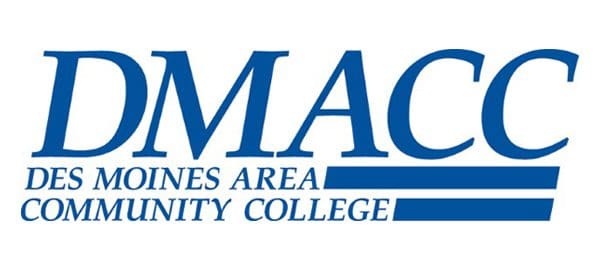Teaching online requires a change in teaching approach to effectively deliver learning outcomes and engage students. Business simulation games are the perfect teaching tool for the online learning environment. They provide students with an immediate application to theory, in a fun and engaging way. Students build confidence in business concepts and terms, and they create connection with the course, each other and their instructor.
Here are our seven best practices for using a business simulation in an online course:
1. Instructor Presence
Make your presence known to the students early and often.
“Post weekly words of encouragement to students throughout the simulation as it is keeps the work top of mind and keeps them focused on the work.”
– Des Moines Area Community College
You can regularly engage students through videos, initiating and participation in discussion boards through your learning management system (LMS). Also, make sure students are aware of how they can reach out to you when they need help.
2. Real-World Application
Business simulations give students real-world practice experience. So highlight these throughout the simulation.
“I love using a business simulation. Cases are usually obsolete, have students analyzing other people’s decisions, and don’t provide an opportunity for students to practice implementation, assessment, and adjustment of their strategic decisions. However, with a simulation, students are able to make decisions for their own firms, see the results of those decisions, and adjust accordingly, all within a dynamic (and fun) environment.”
– Scott Livengood (Arizona State University)
3. Clear Expectations
Provide students with a clear set of your expectations at the beginning of the course. This should include a detailed syllabus, outlining their assessments and deadlines.
“I have created a Beginner’s Guide where I essentially walk students through the first two years of decisions, using screen shots and references from the simulation itself. I have also created a video with my voiceover using the simulation while following the Beginner’s Guide. I also give some background regarding the purpose and learning objectives of the simulation.” –Scott Livengood (Arizona State University)
4. Make Use of Individual and Group Projects
A healthy mix of group and individual projects is an ideal way of ensuring success with online learning. Providing students with a variety of learning styles will improve their learning abilities and educate them on the importance of both teamwork and individual achievements.
Lisa Parrott from University of Saint Mary facilitates individual and group assessments in her online Strategic Management course. She shares these in the article, Teaching Strategic Management Online at USM.
5. Learning Objectives
Alignment is important. Ensure that your course content aligns with objectives and assessments.
Lisa Parrott from University of Saint Mary shares her syllabus to demonstrate how she aligns the simulation and assessments to the course’s learning objectives.
6. Provide Students with Prompt Feedback
Provide timely feedback students can apply during the course and to reinforce essential concepts, materials and skills.
Darl Kolb from the University of Auckland provides a “Stock Report” after every rollover to all his students during the Multi-Player phase. Through this report, he shares a summary of the teams’ performance and some advice to help them in the next rollover.
7. Engage Students
Engaged students is a sign of a successful class. Using tools such as business simulations provides students with an engaging, challenging and enriching learning environment, while also extending their academic abilities.
“The simulation brought some real life into the course and made it better (shocking but true). MikesBikes brought to life a variety of concepts that are discussed in the text and allowed students to work together making decisions for the upcoming year.Both my online as well as my face-to-face classroom students do the simulation and I could not be more pleased. Sure, some students get so frustrated they want to quit – but I tell them the key is to push forward, stay with it, preserve and never give up. When they see the light it is an amazing sight for me and a feeling of true success for them.” – Russell Holmes from Des Moines Area Community College
Learn from other instructors:
The instructors below have been gracious enough to share their experience teaching online with a Smartsims Business Simulation:
- Teaching Strategic Management Online at Arizona State University
- Teaching Strategic Management Online at USM
- Teaching Intro to Business Online at DMACC
Find out more about Smartsims Business Simulations below:
- MikesBikes Introduction to Business Simulation
- MikesBikes Advanced Strategic Management Simulation
- Music2Go Marketing Simulation
- AdSim Advertising Simulation
- MikesBikes Accounting Simulation
Or Email us to request a Free Trial!





